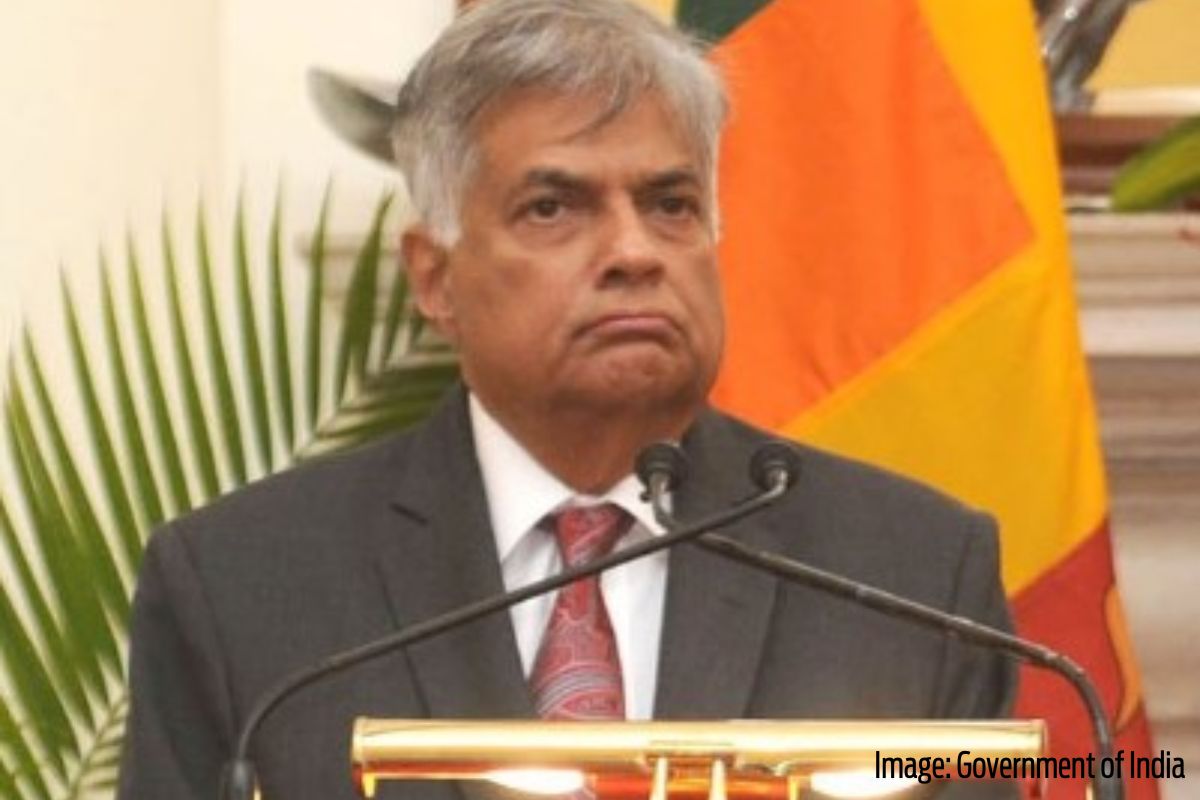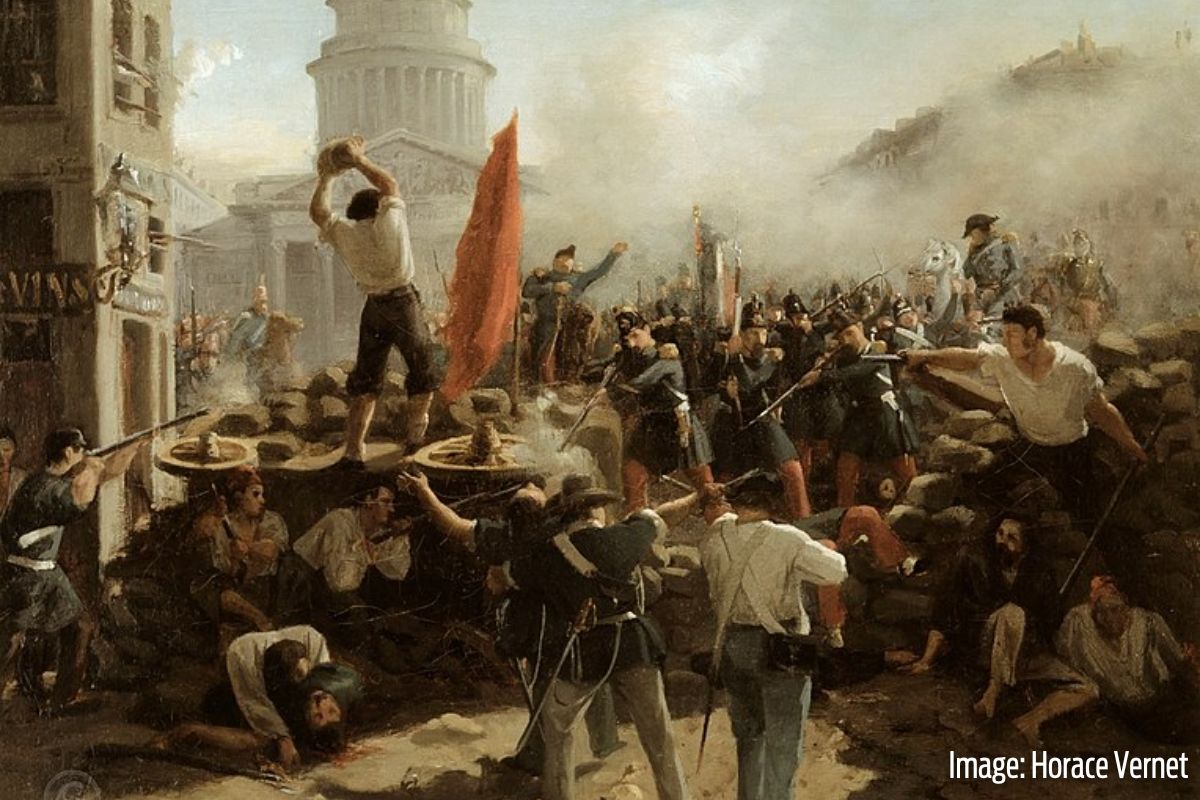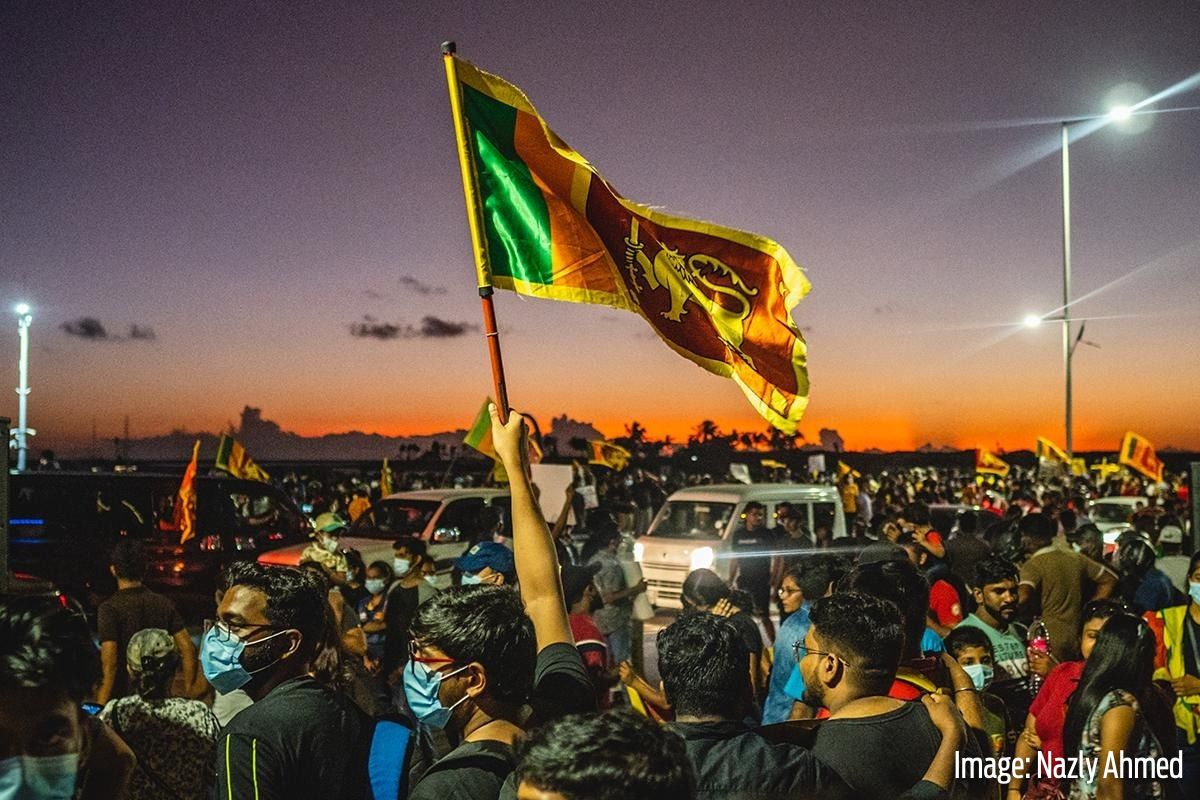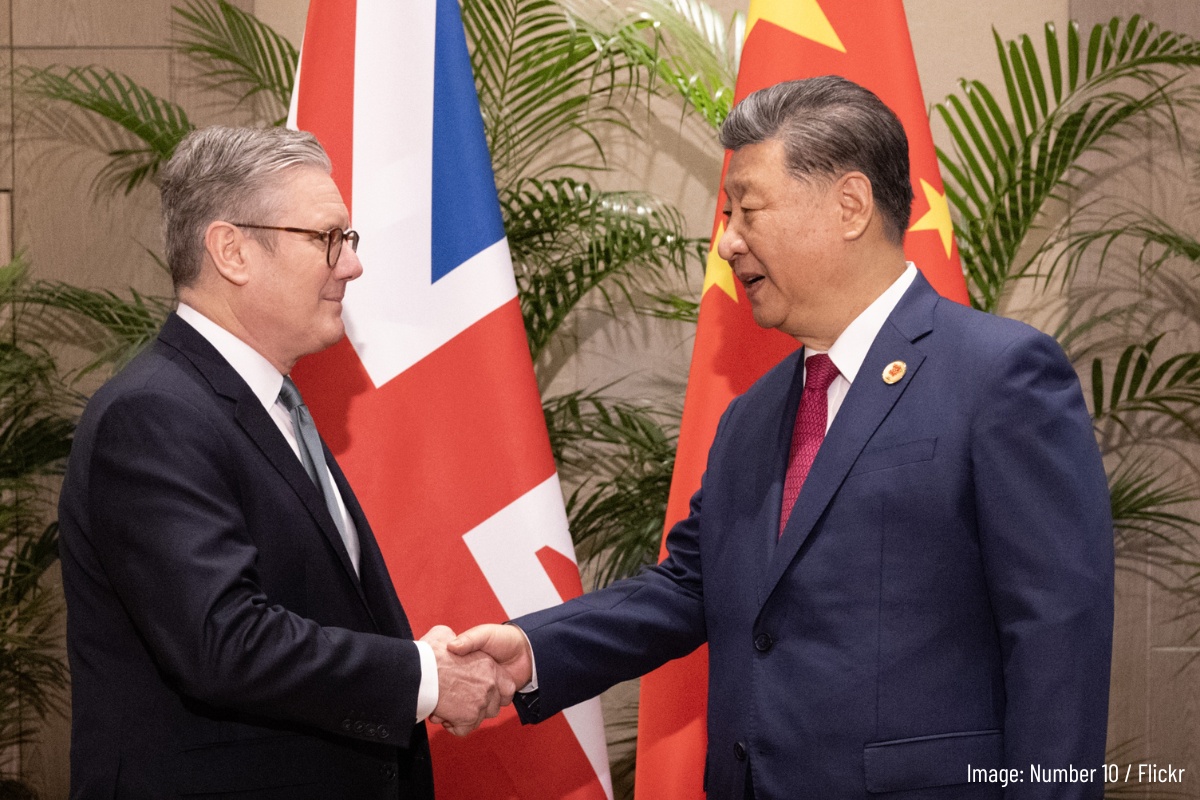Just over a month ago, on 9 July, the insurrectionary masses of Sri Lanka stormed the Colombo residence of President Gotabaya Rajapaksa. This was the culmination of island-wide protests that had been ongoing since March.
These protests had already brought down three government cabinets, the governor of the Central Bank, and Gota’s own brothers: the Finance Minister Basil Rajapaksa, and the powerful then-Prime Minister Mahinda Rajapaksa who was forced to resign on 9 May.
When the movement culminated in an uprising on 9 July, a brief window of opportunity opened up. The masses were surging forward confidently, whilst the ruling class was in a state of panic, and splits were opening up in the army and police force. Power was there for the taking.
But the window of opportunity could not remain open indefinitely. Either the masses would seize power, or else they would drift home and the initiative would pass temporarily to the forces of reaction. In the absence of a decisive revolutionary leadership of the working class, this is precisely what happened.
History is cruel to those who fail to take the opportunities that it presents. On 9 July, the masses brought down Gota Rajapaksa. But once they left the street, his stooge, Ranil Wickremesinghe – or Ranil Rajapaksa as the masses now contemptuously refer to him – simply took his place. Ranil has wasted no time in taking advantage of the movement’s ebb to unleash repression.
The Sri Lankan revolution is far from over, but the closure of this opening chapter contains important cautionary lessons for the vanguard of the working class, in Sri Lanka and beyond.
The ruling class understands the real threat

The movement in Sri Lanka – known as the aragalaya or ‘struggle’ – erupted spontaneously in the spring in response to the rising prices, shortages and blackouts that had made the lives of all but the richest Sri Lankans unbearable.
Had the trade unions, in the course of this movement, put the call out for the formation of workers’ and peasants’ committees and convoked an all-out general strike, the working class would have lept to the fore. Socialist revolution could have been placed on the agenda in Sri Lanka.
But the ‘moderate’ trade union leaders failed to give a lead. In the months in which the masses were mobilised, occupying Galle Face Green and other sites, the unions failed to call for more than a one-day protest strike. As a result, other layers stepped forward to fill the vacuum of leadership.
At the occupation site in Colombo, ‘Gota Go Gama’, it was the middle-class layers that came to the fore. Meanwhile, groups like the lawyers’ Bar Association of Sri Lanka (BASL) were able to pose as the voice of the movement, putting forward meek and mild demands that gained currency for want of any other set of demands originating from a body with greater legitimacy in the movement.
The prominence of middle-class elements and the lack of class struggle leadership in the trade unions, meant that the movement suffered from confusion. This confusion was expressed in constitutional illusions; illusions in the legal system; claims that the aragalaya is ‘neither right nor left’; illusions in the ‘international community’; and even illusions that imperialist institutions like the IMF might benevolently help Sri Lanka out of its economic malaise.
This confusion reflects the early stage of the movement. Experience will (and already is) burning out this naivety. But the ruling class suffers from no such confusion. They understand that this is a class war, and they know what they have to do to stand a chance of winning it. They may have their internal differences, but they instinctively line up when faced with a threat from the revolutionary masses. Like the Marxists, they understand that the biggest threat to their rule comes from the organised working class.
And so – despite the lack of ideological clarity in the movement, and the meekness of the trade union leaders – the full force of Wickremesinghe’s repression has fallen on the left and the trade unions.
Repression

Even before being sworn in as the new president by parliament, as acting president, Wickremesinghe was preparing the ground for repression. He accused the aragalaya of being infiltrated by “extremists”, “fascists” and “insurgents”. Too weak to launch wholesale repression, he promised instead to “identify the difference between the insurgents and protesters.”
This is the classic tactic of counter-revolution: to hoodwink, demoralise, confuse and wear down the mass of the movement, whilst striking repressive blows at its most advanced, irreconcilable layer.
On 21 July, parliament ‘elected’ Ranil as the new president. In reality, this puppet is little more than a stand-in for the Rajapaksas. Although his ‘democratic’ credentials have been built up by the media, they are a sham. He served under his uncle, J.R. Jayewardene, as a minister in the 1970s and 1980s. It was under this administration – a bloody regime, responsible for repression and pogroms – that the present, notorious bonapartist constitution and its executive presidential system were designed.
Ranil’s mandate from the people is nil. In 2020, he was the UNP’s sole MP, selected on the national list for having gained a measly two percent of the vote. In reality, however, his mandate does not flow from the people, but from the ruling class, which has empowered him for one job: repression.
As soon as parliament elevated him to president, the repression began. Troops were sent to ‘Gota Go Gama’, journalists were arrested and their footage was seized. A state of emergency was declared.
Then the arrests and disappearances of left-wingers and trade unionists began.
On 28 July, an arrest warrant was issued for Tampitiye Sugathananda Thero, the General Secretary of the Joint Health Workers Union. On 8 August, Mangala Maddumage, the former national organiser of the Inter University Students Federation (IUSF – the biggest student union in Sri Lanka, which has been at the fore of the movement and is led by the left-wing Frontline Socialist Party) was seized outside Colombo Public Library.
On 3 August, the senior trade unionist Joseph Stalin, secretary of the Sri Lanka Teachers’ Union, was arrested – the warrant stating that his arrest was for violation of a court order banning a march on 28 March. Piyath Nikeshala, a youth leader, was arrested for alleged violation of the same court order.
And on 4 August, Palitha Etampawala and Dananjaya Siriwardena, activists of the Ceylon Bank Employees Union, were arrested.
In the case of Joseph Stalin, ironically, just one year before, Ranil Wickremesinghe spoke out against the very same activist’s arrest by the Rajapaksas! And now, pictures are circulating on social media of Ranil Wickremesinghe’s own trade union advisor, at the very same 28 March protest for attendance at which Joseph Stalin was arrested!
It is clear that Ranil is violating his own government’s laws. But what else should we expect? The law is a scrap of paper to the ruling class, which they happily trample when it suits them. The ruling class do not harbour illusions in the constitution or the ‘rule of law’, and neither can we.
Life and death struggle
The courts serve the interests of the ruling class. They issue the arrest warrants that best serve Ranil’s reaction. To instil maximum fear, warrants are executed by plainclothes police officers, in unmarked vehicles, and the victims are held incommunicado for days. The message is clear: “We can make you disappear, and next time you might not reappear.”
This is no idle threat. Indeed, the campaign by Tamil families for the return of their loved ones – disappeared at the end of the civil war in 2009 – marked its 2,000th day this month. And along the Colombo beachside, a spate of bodies have recently washed ashore, some with their hands tied behind their backs.
This is the reality of the Sri Lankan ruling class and all its bloodstained traditions. Alongside its many ‘legal’ means of repression, it possesses ample illegal, terroristic methods.
It would be nothing short of pitiful for revolutionary activists to plead with this reactionary enemy – temporarily victorious – to clip its own wings, and to bow to the demands of lawyers and human rights advocates.
Rather, the most advanced revolutionary elements of the Sri Lankan workers and youth must learn the key lesson of this first phase of the revolution. The revolution can only end in one of two ways.
Either the working class, with a revolutionary party at its head, learns in time that it must seize power, smash the old capitalist state, and create a new, democratic workers’ state in its place; or else the ruling class will succeed in waiting out the revolution with its state intact, and it will then proceed to unleash the full, violent force of the state against the masses and their advanced guard.
There is no middle course in this life and death struggle, however sincere the wishes of the liberals, reformists and pacifists.
Wickremesinghe: a feeble ‘strongman’
Ranil Wickremesinghe has to tread carefully. The victory of reaction is far from stable and the Sri Lankan revolution is not over. What is over is merely its first, most innocent chapter.
Ranil’s regime exists because of a temporary retreat of the movement, and it rests upon illusions built up in him by the liberals. This has affected a thin, well-off layer of the middle class, who now yearn for some return to ‘order’, and hope that a stable government will unlock an IMF bailout and will lead to a kind of normalcy. This is a weak basis indeed.
The imperialists certainly are not fooled by the outward strength of the new regime. As the international credit ratings agency, Fitch Ratings, explains:
“The new president was confirmed by a large majority in parliament, and his government has drawn in some opposition members. This gives some hope that it will have sufficient support to negotiate and carry out difficult reforms as part of efforts to restore macroeconomic stability and debt sustainability. Such reforms could unlock funding support from the IMF, which we view as important for Sri Lanka’s emergence from default.
“The government’s parliamentary position appears strong, but public support for the government is weaker. President Wickremesinghe was prime minister in the previous administration under President Gotabaya Rajapaksa, who was brought down by protests. Parliament and the government also remain dominated by politicians from the Sri Lanka People’s Freedom Alliance, which is closely affiliated with the Rajapaksa family. This may increase the risk of further destabilising protests if economic conditions do not improve and/or reforms generate public opposition.”
Experience

It’s only a matter of time before the movement erupts once more. In just the past 24 hours, new protests of fishermen have erupted in Chilaw on the west coast, demanding kerosene oil. The conditions in Sri Lanka are such that the masses have no choice but to enter the struggle time and again.
This government, like the last, is neither capable of nor interested in solving the problems that the masses face. One class or the other in society must pay for this crisis. And this government, a servant of capital, will strive to restore the economic stability and ‘credit-worthiness’ of the country at the expense of the workers and the poor: through currency devaluation, austerity, scrapping of workers’ rights, etc. Only on this basis will the imperialist creditors like the IMF step in with a bailout.
With each passing day, it will become clearer to the advanced workers and youth that the victory of the Sri Lankan revolution means the overthrow of capitalism on the island, as part of the socialist revolution across South Asia and the world.
The temporary setback that the aragalaya has suffered will have proven to be a valuable experience. Right now, Ranil himself is giving the Sri Lankan masses a lesson in the ruthlessness of class war. If the urge for unity masked the real class content of movement in its advance, the selective repressive violence of the counter-revolution has exposed its true content in retreat.
As Marx explained in The Class Struggles in France, in reference to the setbacks suffered by the French revolution of 1848:
“With the exception of only a few chapters, every important part of the revolutionary annals from 1848 to 1849 bear the heading: Defeat of the revolution!
“What succumbed in these defeats was not the revolution. It was the pre-revolutionary traditional appendages, results of social relationships which had not yet come to the point of sharp class antagonisms — persons, illusions, conceptions, projects from which the revolutionary party before the February Revolution was not free, from which it could be freed not by the victory of February, but only by a series of defeats.
“In a word: The revolution made progress, forged ahead, not by its immediate tragicomic achievements but, on the contrary, by the creation of a powerful, united counterrevolution, by the creation of an opponent in combat with whom the party of overthrow ripened into a really revolutionary party.”






